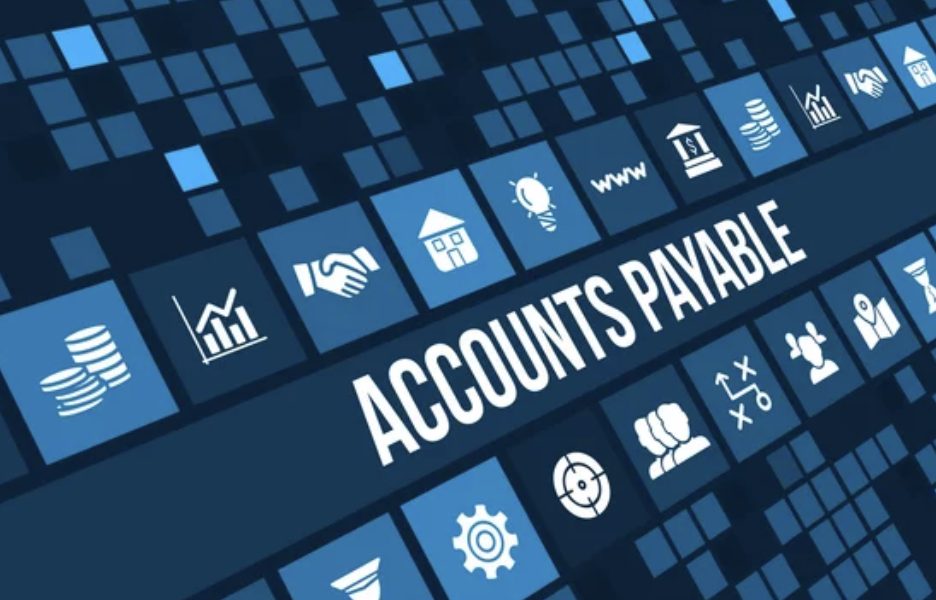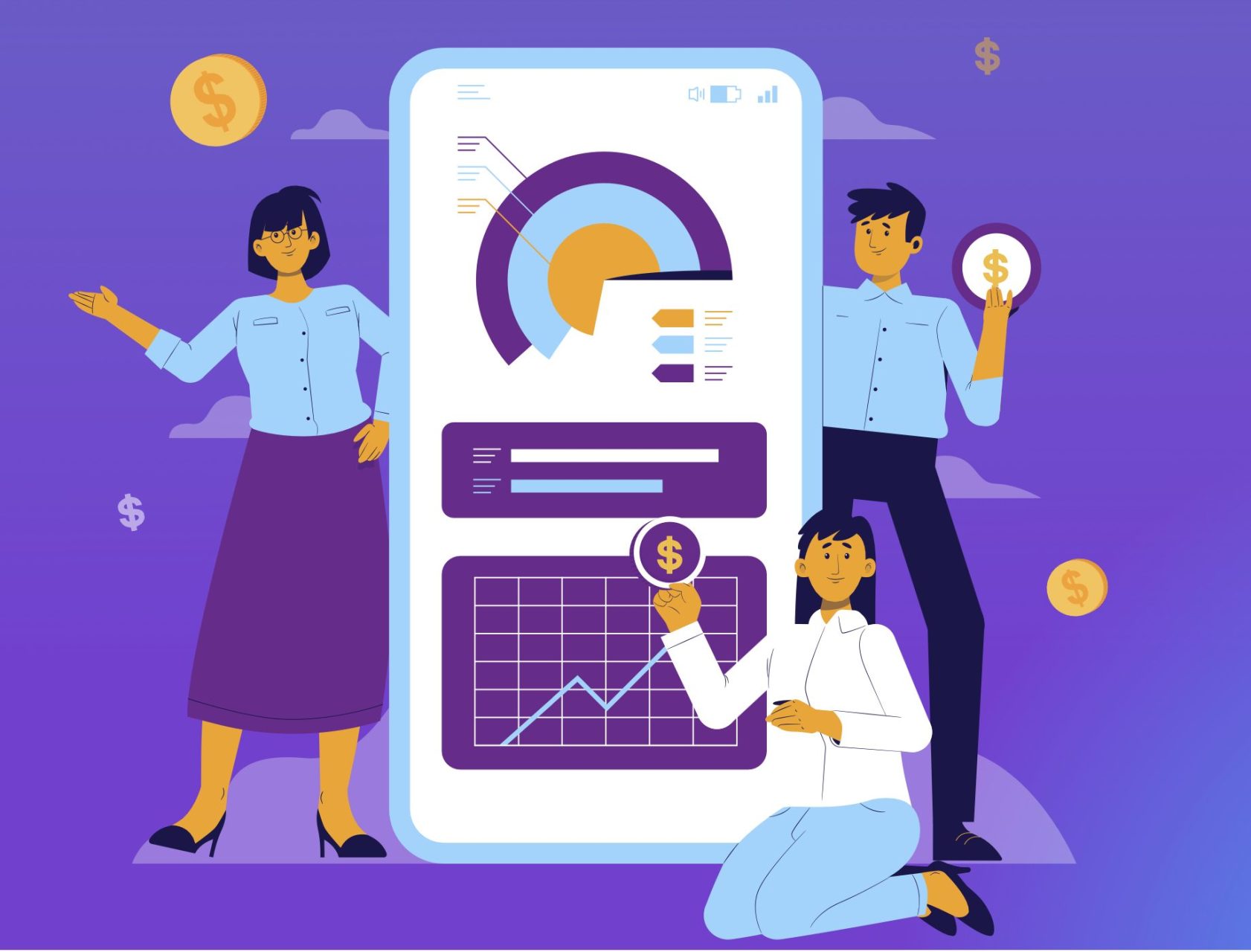The Accounts Payable process begins from the moment an invoice is received. It is crucial that companies develop and streamline an effective AP process to maintain accurate financial records. While every company has different SOPs, the general AP process looks a little something like this:

![]() Verifying Received Invoices
Verifying Received Invoices
The purchasing company needs to verify that purchases were made reflected in received invoices. Received invoices should include the following information to assist in purchase verification:
- The date the invoice was created by the supplier
- Contact information for both the supplier and purchaser, particularly billing information and the direct points of contact for the purchase.
- The details of the purchase— Product rendered, service details, and pricing.
- Where to send the payment.
![]() Data Entry
Data Entry
Once an AP clerk has verified that all invoice information is accurate, they need to manually enter the invoice data or use the assistance of an invoice automation platform such as EZ Cloud. In addition to keying in invoice details, some companies also perform General Ledger (GL) coding. GL coding is a system that makes it easier to track debits and credits for companies.
![]() Invoice Approval
Invoice Approval
Once an invoice has been verified and keyed in, AP clerks may need to seek approval before sending payment to the supplier.
![]() Processing Invoices in EZ Cloud
Processing Invoices in EZ Cloud
Keeping paper copies, manually keying data, and seeking approval from appropriate parties all over the company can be a tedious and difficult-to-track process. Invoices often fall between the cracks, and in turn, companies lose out on significant early pay discounts, or become late on their payments, affecting supplier relations.
Using a platform like EZ Cloud assists companies in capitalizing on early-pay discounts and reducing their DPO (Days payable outstanding). Schedule a demo with EZ Cloud to learn how we can save your company money and automate your entire Accounts Payable process within weeks.




